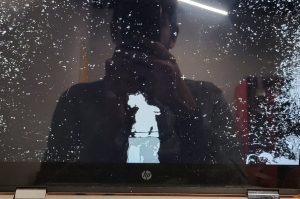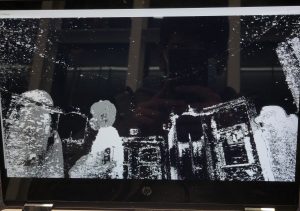An overview of what we did:
- Allen and Lucky wrote the final presentation slides and Allen delivered the presentation on Wednesday
- Since integration between the RPI and the web application had not yet been completed yet, Lucky copy and pasted the people detection code onto his laptop with a webcam and tested it with his existing object detection code. Everything seemed to work well with our initial testing (people were detected successfully, which then triggered his webcam to take a picture of the shelf, the picture was analyzed by the object detection code, and results were displayed on his screen.
- Allen got the RPI to communicate with the web application and he’s in the process of doing the reverse. Once that is completed, Lucky will give Allen his code to integrate it with his web application.
- Lucky continued improving on his object detection code to be more modular and into a library for Allen to use
- Discussed what to put on the poster and will be finalizing the poster tomorrow
In terms of what we will do this upcoming week, we hope to do the following:
- Finalize integration and testing
- Connecting the web application to the RPI
- Integrating Lucky’s code with Allen’s
- Finish poster
- Present final demo
- Finalize research paper
The most significant risks that we know of thus far are:
- Integrating RPI with web application
- Although Allen had a decent breakthrough today, he still has to connect from the web application to the RPI. To mitigate this, he’ll do a similar approach from how he connected the system in the reverse direction.
- Integrating object detection code with the web application
- Although Lucky’s code is very modular and should have little/no trouble integrating with Allen’s code, we haven’t done it yet. We’ll aim to do this early in the week to give us wiggle room before the final demo
- Latency i.e. meeting user requirements
- After implementing the sliding window technique, we realized the algorithm could potentially take longer than intended, and may face difficulty in meeting the latency standards we set during the abstract and proposal time
- Communication and storage in the integrated system
Changes To our schedule
- We don’t’ have any significant changes to our schedule
- If things continue to trend as planned we should be okay with some leeway for troubleshooting


